If you are in the process of purchasing your first car you’ll need to know a few things to keep it running and to make sure you are aware when something is about to fail so that you can fix it quickly. These are the most common maintenance points, and the most common faults.
Regular servicing minimises risks
Your car’s vital fluids – oil and coolant – need to be changed periodically. Usually, for anything other than a highly strung performance car, you’d look at doing this every 10,000-15,000km (perhaps less if the car is very old), or every 6-12 months if you don’t do that many kilometres.
Garages will often have two or three levels of service, i.e. an A, B and C service. An A service might be basic oil and filter change, check all fluids, etc; a C service will be the full works. Depending on where you purchase your car from, and how old it is, you may need to get an e-Safety check. Your registration renewal will also tell you if you need to get a check done. This check can bring up issues that you need to fix.
Check the manual
All vehicle manufacturers will supply a manual with the car when new, but it may have gone missing at the hands of previous owners. Fortunately you can download most service manuals for free by searching online. You can start with the vehicle distributors, e.g. if you bought a Subaru, here’s Subaru’s Australian website. Or you can find websites like Just Give Me the Damn Manual which has free PDF downloads of many older vehicles, although they will be American spec. You can also try companies like Haynes, your local bookshop, or Amazon Australia.
The manuals will give you specific advice about how to look after your car, including things like tyre pressures, the type of oil and service intervals.
Keep the oil topped up

If you see this light, you should stop within the next 100-200m unless it’s not safe to do so. It means that something has happened in your engine that is stopping oil from lubricating it – it could be that you’ve had a slow oil leak and it’s running out gradually, you’ve punctured the sump and all the oil has drained out quickly, or you’ve got a blocked filter or strainer. Metal on metal is not good and it will overheat extremely quickly and seize up. This will require an expensive rebuild, or a replacement engine.
You can check the oil using the oil dipstick under the bonnet. Pull the dipstick out, wipe the oil off, put it back in then pull it out again and read the level. It should be between the maximum and minimum. Top it up if it’s low, but bear in mind it might not need that much, and you don’t want to overfill it. Always check it when the engine is cold otherwise it will mis-read.
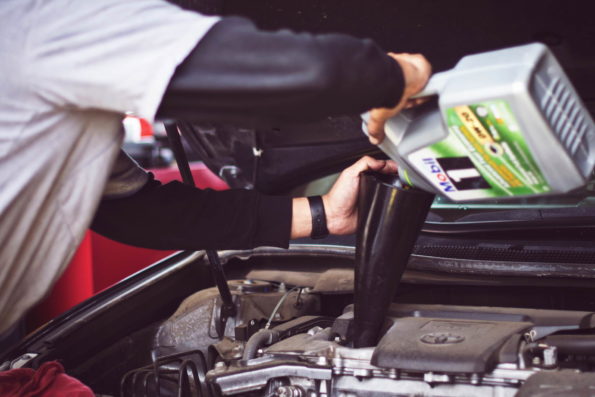
Keep the coolant topped up
Coolant is as important as oil. It keeps the engine from overheating. If the light comes on, don’t open the radiator unless you want to be showered with boiling liquid. If the coolant is getting low you might also notice the car running hot; the temperature gauge will be up near the top as opposed to near the middle which is the usual operating level.
You can check the coolant yourself. It’s usually a green or orange liquid in a reservoir under the bonnet. It should flow smoothly like water and not be sludgy or muddy. The coolant reservoir will have a mark on it to show you the right levels to top it up to. For longevity, you can also install a tank extension for the coolant reservoir.
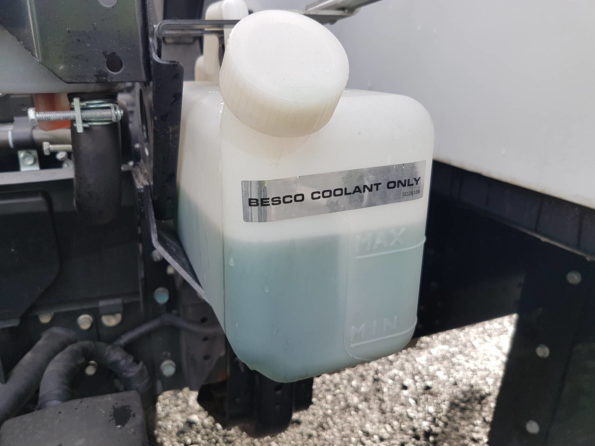
Don’t run your fuel tank too low
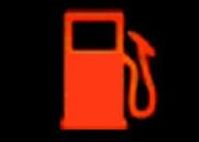
Your fuel tank will have residue at the bottom of it. Usually that will stay there if the fuel tank is full enough. If you run out of fuel, though, the fuel pump will drag some of that residue through the fuel filter, and that’s not good. Once your fuel level warning light comes on you need to fill up the car.
If you run out of petrol, refilling is straightforward. However, if you run out of diesel, it will create air locks in the system and a mechanic will need to be involved to bleed the system.
You will get better fuel economy when the car is lighter, i.e. with less fuel, but you will spend more time going to get fuel. Plus, if you have an emergency when you need to drive a long distance, you might experience a delay if you need to get fuel because it’s almost empty.
Keep your tyres pumped up
Rubber tyres naturally leak small amounts of air over time. Check them every 4-8 weeks and put more air in. Bear in mind that fuel station tyre pressure gauges can be unreliable.
If you over-inflate your tyres then your steering will be very light and you will have much less cornering grip in the wet. If you under-inflate your tyres you will suffer worse fuel economy, poor tyre wear and in extreme cases the tyre could come off the rim. Under-inflation causes the tyres to heat up which degrades them.
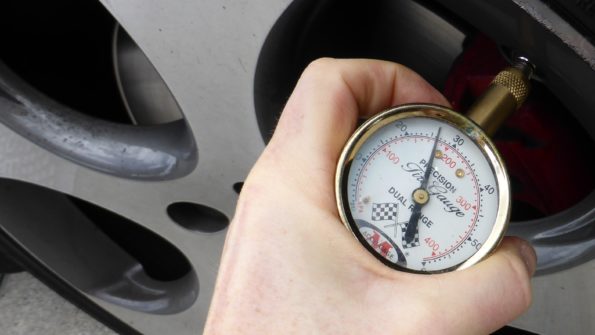
Rotate your tyres
This is something you can get done when you get a service. It’s simply changing the front wheels to the back wheels to ensure more even wear. If you have uni-directional tyres you can’t swap them from one side to the other because the tread pattern will be the wrong way around meaning the tyres won’t disperse water in the wet.
Align and balance your wheels
If your wheels are misaligned then you can get uneven wear on your tyres as the wheels are not tracking forwards, but slightly sideways. Different issues create different wear patterns.
If your wheels are unbalanced then you will feel a vibration through the steering wheel at certain speeds.
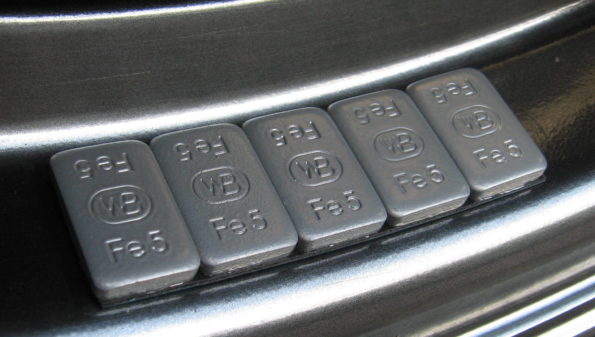
Keep your windscreen washer fluid topped up
When your windscreen gets dirty the effects of sun strike will be worse, and you’ll have poorer visibility at night. Your washer bottle can be filled with normal water, or water and windscreen cleaner.
One indicator flashes really quickly
This is usually because you have an indicator bulb that has blown. They are easy to replace and you can buy a replacement from your local auto parts store. Check in the user manual for how to remove the existing bulb. Some bulbs must be handled with gloves because leaving any oil on them causes them to crack when they heat up.
Your brakes squeal
If your brakes are squealing only when you push the brake this can be normal – just a simple vibration of the pad, especially if it goes away after a while. However, you should have it checked because it might signal a more serious problem. If there’s a metallic scraping noise whether you are braking or not, you need new brake pads.
The engine squeals as you pull away
If this noise stops after a few seconds it’s probably the fan belt wearing out. If the fan belt breaks then your engine will lose some of its cooling power, so it should be checked out soon.
There’s a knocking from one of the wheels
This is likely to be some kind of wear in the universal joints. Your vehicle won’t die, but it will get worse and will eventually fail completely.
Keep the battery water topped up
If you’ve got a brand new battery, chances are it’s a zero-maintenance one that doesn’t need any attention. If your battery is older then you will need to check the water levels in it and make sure they are kept filled up. Letting your battery’s water evaporate will short-circuit it and then you will get the next problem.
Also, don’t run your battery out. Car batteries are not ‘deep-cycle’ batteries and are not designed to be fully discharged then charged repeatedly. They are designed to be constantly trickle-charged. You will shorten the life by discharging it fully.
You try to start the car and it just goes ‘click-click-click’
Either your battery or your starter motor has expired. It’s going to cost you some money to fix it.
What do you need to do?
Take out your diary (paper or electronic) and set reminders at minimum every two months to check tyres and fluid. If you have a smartphone you can get apps for iPhone or Android – you’ll find a few here.
